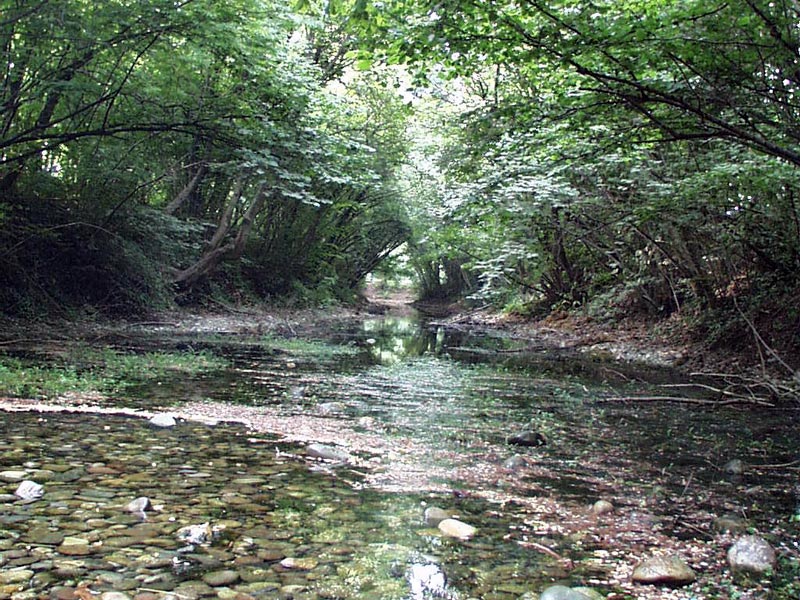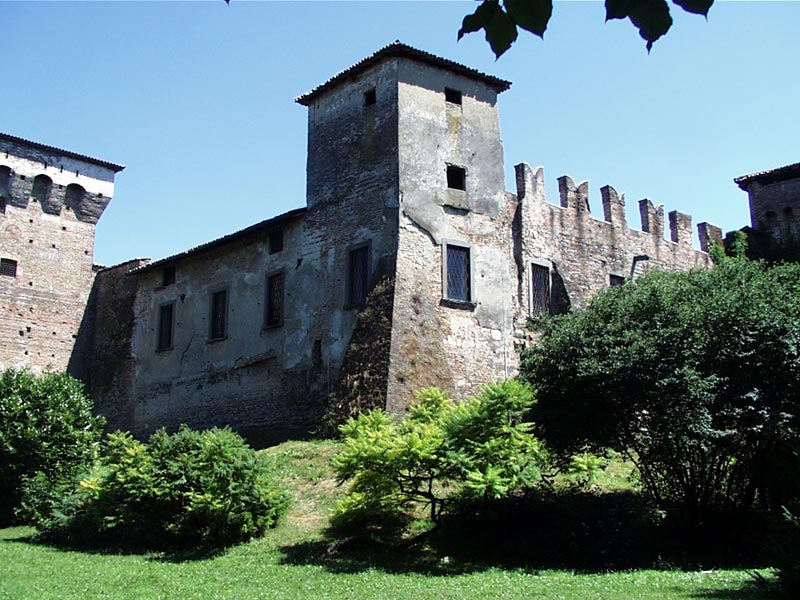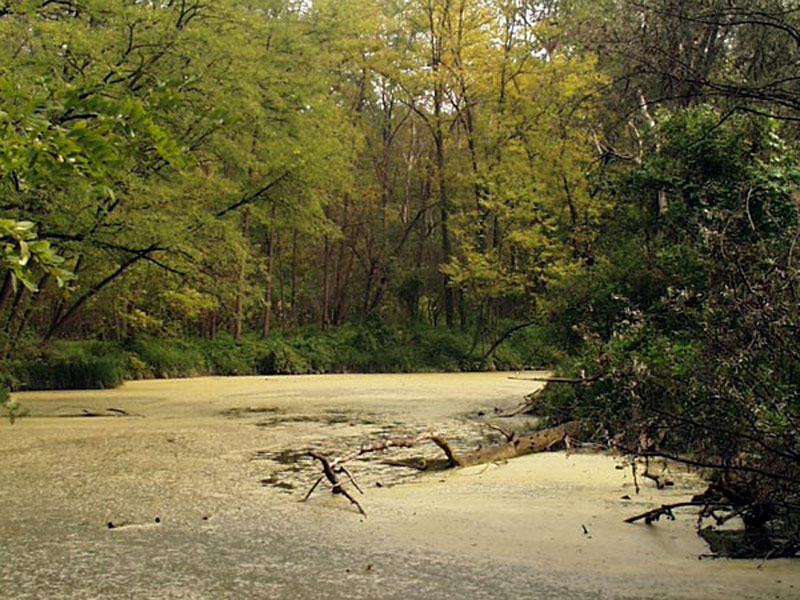Points of Interest
Malpaga Castle and Dry Grasslands
Malpaga Castle is situated at 15 km from Bergamo town center and you can reach it from the exit of Seriate along the highway
Milano-Venezia heading towards Brescia-Cremona and by following the
indications.
The castle dates back to the 14th century and was
built and placed in the middle of the plain; subsequently, the
commander Bartolomeo Colleoni from Bergamo, a condottiere, purchased
the fortress together with the surrounding estate, and used it as a
fortified posting first and as his residence after.
The fortified complex has a square shape, built all in pebbles
alternating with fired bricks; the walls, strong and solid according to
the features of the period, are painted with frescoes representing
scenes of battles, celebrations, ladies, knights, and sacred subjects.
The loggia is decorated with frescoes by Romanino, according to some
experts, by Fogolino according to others: they represent the historical
struggles between the inhabitants of Bergamo and the inhabitants of
Milan.
For visits and information www.castellomalpaga.it
Leaving on foot from the castle and heading towards the river, you can
visit an area rich in meagre plain meadows characterized by the
presence of a rich flora presenting diversified elements, with characteristic
species of the east European and Asiatic dry steppes, mountain species
transported downstream by the current of the river, and Mediterranean
species typical of the warm environments.
The spring blooming, with the different species of the genus Sedum coloring with yellow the large meadows covering the banks of the river, are spectacular.
Cologno al Serio Resurgences
The area of Cologno al Serio, situated at about 10 km in the south of
Bergamo, is characterized by an interesting landscape thanks to the
presence of a great number of active resurgences within a countryside
still rich in fields, edges, and tree rows.
The spontaneous outcrop
of underground fresh waters can take place along lines known as
resurgence lines, given to the presence of impermeable strata of clay.
The progressive increase in the clayey matrix, the granulometric
reduction in inert elements, as well as the reduction of the altimetry,
hinder the downflow of the underground waters which tend to come to the
surface and give origin to the resurgences phenomenon. This natural
phenomenon has been exploited by man during the centuries with
irrigation purposes and to create water meadows.
On the contrary, the so-called "fontanili" are semi-natural structures
dug by man in areas where the water outcrops originating a head and a
consequent pole used to canalize water. Today these areas are
interesting for the naturalistic importance the resurgences have
acquired in time thanks to the rich vegetation surrounding the heads
and the banks of the poles.
Pedestrian and Cycling Trail and Fortress of the Visconti Family in Romano di Lombardia
In the middle of the Park there is a pedestrian and cycling trail
following the river between Ghisalba and Mozzanica in an interesting
stretch characterized by the presence of a large riverbed from where
several branches start by leaving in the middle small islands and rows
of pebble deposits originated by the floods. In the riverbed you can
easily observe Little Egrets and Grey Herons, as well as the rarer
Lapwing, while in the small wood covering the banks you can listen to
the tuneful warbling of the Nightingale.
In Romano di Lombardia you
can divert towards the historical town center, where you will find the
Fortress of the Visconti family, the so-called "Rocca viscontea", housing the head offices of Serio Park.
Palata Menasciutto Reserve and Crema
It is one of the most important areas of the Park from a naturalistic
point of view: as a matter of fact, it has been included in the Sites
of Community Importance forming Natura 2000 Network at a European
level. The area includes woodlands, uncultivated fields, and wetlands:
environments representing the habitat of several species of mammals,
birds, reptiles, and amphibians including the rare and endemic Italian
Agile Frog (Rana latastei). The reserve only covers 56 hectares,
but it represents a very important natural environment in the context
of the surrounding plain.
You can visit the reserve along both
banks of the river by leaving from the Municipalities of Piannego and
Ricengo, at a few kilometers from the town of Crema, rich in
interesting historical-architectural elements. For information on the
town of Crema www.comune.crema.cr.it









